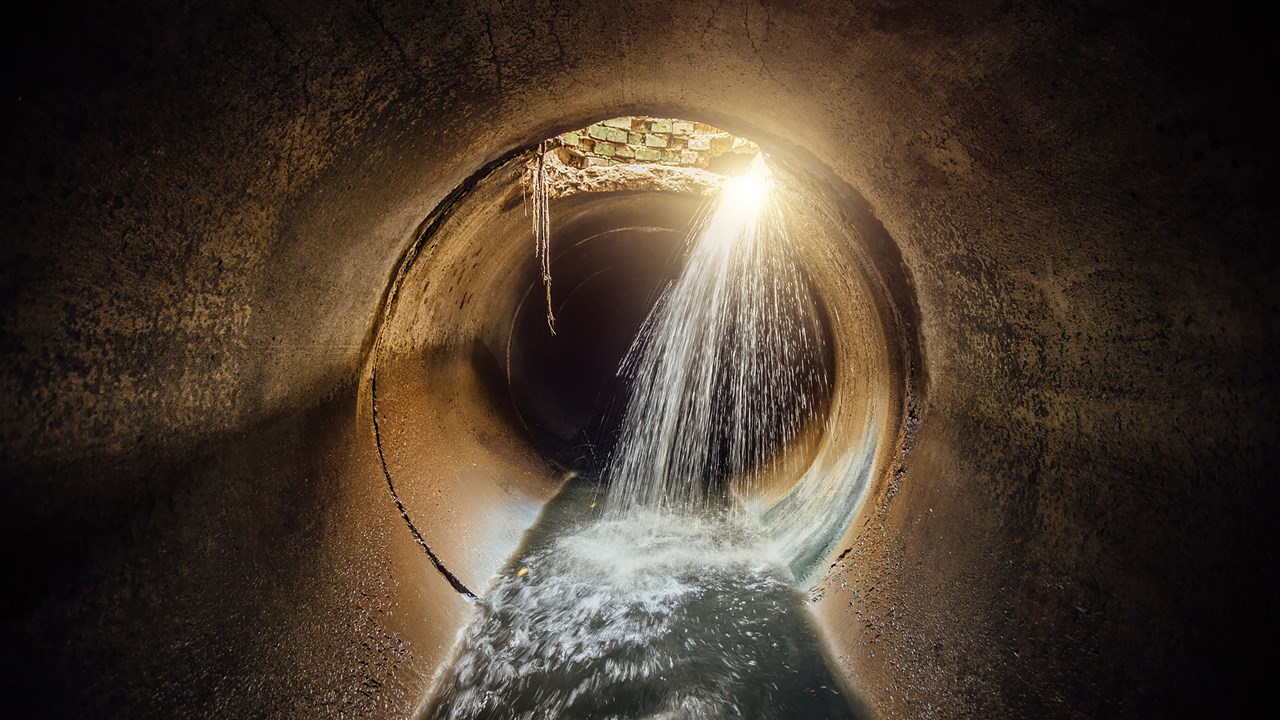Subscribe to Our Blog
Receive updates from our team as we share application notes, customer spotlights, educational tools, spectroscopy how-to’s, and more.

Researchers using optical emission spectroscopy have tested the degradation efficiency of different plasma-jet processes on solutions of the medication Valsartan, identifying the emission peaks of each sample’s reactive species.
With growing awareness of the potential for harm from pharmaceuticals waste, researchers are investigating new methods to treat this waste by degrading compounds that can adversely affect the environment. In one instance, researchers in India are using spectroscopy to test the efficiency of plasma-based degradation processes in the breakdown of Valsartan, a medication used to treat hypertension and heart failure that is not typically fully metabolized by patients.
Ultimately, the intent is to degrade pharmaceutical compounds in wastewater to reduce or eliminate harmful effects on humans and aquatic life.
As reported in a 2020 article in RSC Advances1, the researchers used optical emission spectroscopy to test the degradation efficiency of different plasma-jet processes on Valsartan solutions, as the distinct emission peaks of each sample’s reactive species were readily identified.
An Ocean Optics HR series spectrometer collected the response from 200-1100 nm, with a robust optical fiber sampling setup placed near the plasma treatment area. The flexibility and ease of the setup made testing multiple treatment processes simpler to manage.
The market for anti-hypertension medications alone -- including Valsartan -- was estimated at $25 billion in 2018. Also, in one recent study conducted by Florida International University, evidence of nearly 60 different pharmaceuticals in 93 bonefish samples was discovered over a three-year period2.
Dealing with the potential impact of harmful compounds from other medications making their way into the environment will require cooperation among manufacturers, the health care industry, government agencies and the public.
One important element of this effort is access to simple, robust and flexible tools like modular spectrometers to help researchers, regulators and industry engineers quickly assess the efficacy of different treatments for pharmaceuticals waste.
HR2 spectrometers provide reliable performance with rapid acquisition speed and excellent thermal stability for UV-Vis-NIR applications ranging from plasma monitoring to pharmaceuticals analysis.
Options available
Solarization Resistant Fibers (200 - 1100 nm)
Prices From $165.00
Read how a modular, HR series high resolution spectrometer setup monitored changes in argon plasma emission after the introduction of different gases to a plasma chamber.
Learn how Ocean Insight has helped develop an instrument for characterizing pharmaceutical materials, to bring safe medications to patients.

Receive updates from our team as we share application notes, customer spotlights, educational tools, spectroscopy how-to’s, and more.